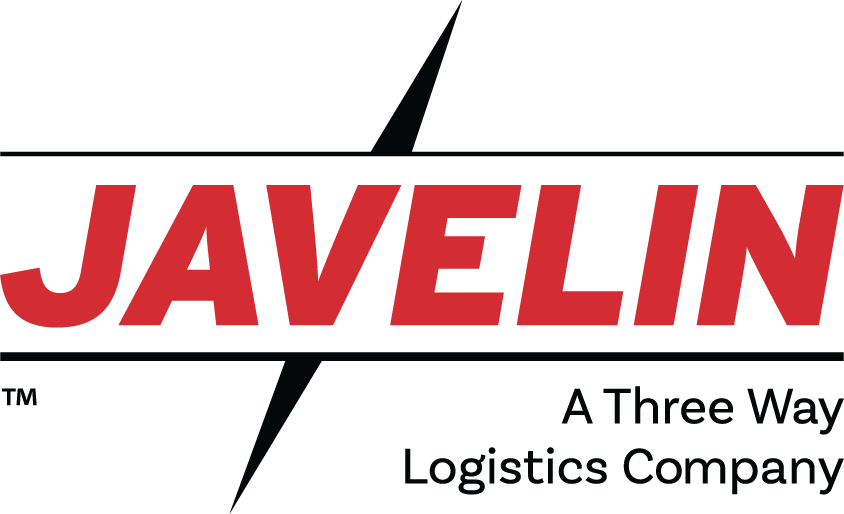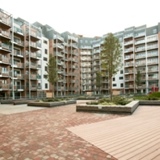Information
-
Audit Title
-
Client / Site
-
Conducted on
-
Prepared by
-
Location
A. General Shops
-
Are machine and belt guards in place and in good condition?
-
Is pedestal machinery securely anchored to the floor?
-
Is equipment properly maintained and adjusted to prevent personal and equipment damage?
-
Are compressed air nozzles at the correct pressure of 30psi or less?
-
Is all piping appropriately identified as to contents / direction of flow?
-
Are areas requiring use of PPE adequately posted with warning signs and enforced?
-
Is damaged / malfunctioning equipment tagged OOS?
B. Exits / Corridors
-
Are all corridors unobstructed?
-
Are all exit doors unobstructed?
-
Are exit signs posted and properly illuminated to clearly indicate exits?
-
Are all exit doors able to be opened from the inside without special knowledge or keys?
-
Are exit doors free of slide bolts or locks?
C. Electrical
-
Is there at least 3 ft clearance in front of electrical panels / breaker boxes?
-
Are electric hand tools properly grounded / double insulated?
-
Is the area free of extension cords?
-
Is all electrical equipment plugged directly into wall outlets?
-
Are all cords / plugs free from damage or deterioration?
-
Are switches and circuit breakers properly identified as to the service they are in and what they control?
-
Are circuit breaker panels free of combustible materials?
-
Are cover plates in place on junction boxes to eliminate exposed wiring?
-
Are " WARNING HIGH VOLTAGE " signs installed on high voltage enclosures?
-
Is all electrical, including light fixtures, protected from physical damage by enclosure / guards?
D. Emergency Equipment
-
Is emergency equipment accessible and not blocked by equipment?
-
Are emergency eye washes provided in the required areas?
-
Are emergency showers provided in the required areas?
-
Is all emergency equipment in good condition?
-
Are spill kits accessible and fully stocked?
E. Storage- General
-
Is good housekeeping practiced in work area ( is it free of debris, combustibles, obstructions? Are isles maintained?
-
Is storage adequately supported/ stable to avoid tipping/falling?
-
Is there at least 2 feet clearance between stacked materials and ceiling light?
F. Storage - Fire Protection
-
Is the storage of combustibles in the work area held to a minimum to avoid a fire hazard?
-
Are flammable / combustible liquids in excess of 1 day supply kept in approved flammable materials storage cabinets?
-
Are all flammable cabinets free of combustible materials?
-
Are flammable containers covered to control vapors?
-
Are all flammable / combustible containers properly labeled / identified?
-
Are all cabinets used for storage of flammable / combustible liquids / materials approved and explosion proof?
-
Are flammable / combustible liquids returned to approved flammable liquid storage cabinets at the end of the work day?
G. Storage - Compressed Gas Cylinders
-
Are all cylinders properly secured with straps or chains to prevent tipping / falling?
-
Are protective valve caps in place when cylinder is not in use?
-
Are empty and full cylinders stored seperately?
-
Are only chemically compatible cylinders stored together?
-
Are cylinder contents adequately labeled and easily seen?
-
Is the correct regulator being used for the cylinder service?
-
Are highly toxic gases stored in ventilated gas cabinets?
H. Personal Protective Equipment
-
Is the requirement for use of PPE enforced?
-
Is the required PPE worn?
-
When not in use, is PPE properly maintained / stored?
-
Is PPE readily available for all personnel including visitors to the area?
-
Is all PPE free from damage and deterioration?
-
Are all employees using respiratory protection properly trained and authorized by EH857?
-
Is self contained breathing equipment properly maintained / inspected?
I. Railing / Elevated Work Areas
-
Are drain openings / pits in the floor or walking surfaces guarded to prevent tripping / slipping?
-
Are toe boards in place on elevated platforms to prevent objects from falling off the platform?
-
Are standard guardrails provided on elevated platforms?
-
Are handrails provided and in good condition on stairways?
-
Are there provisions for safe access to elevated machinery / equipment?
K. Forklifts
-
Are defective forklifts taken out of service and tagged " DO NOT USE "?
-
Are forklift inspection forms current and maintained in a file?
-
Are load limits clearly posted in the area?
-
Are forklift operating rules clearly posted in the area?
-
Are all operators trained and authorized?
L. Fire Protection
-
Are there current welding permits displayed in the welding area?
-
Are all self closing doors operational?
-
Are walls and floors free of holes / penetrations?
-
Are no smoking regulations clearly posted and being followed in " NO SMOKING AREAS "?
-
Are fire extinguishers and signs clearly visible?
-
Is access to fire extinguishers clear and unobstructed?
-
Are all fire extinguishers in place and properly mounted?
-
Are all extinguishers properly inspected ( monthly ) and maintained ( annually )?
M. Training
-
Have personnel been trained in the use of PPE?
-
Are all employees trained in hazardous substances safety?
-
Have personnel working in high noise areas been trained in hearing conservation?
-
Have employees who use respirators been trained, fit tested, and received the required health monitoring examination?
-
Are employees who use self contained breathing apparatus properly trained and authorized?
-
Evacuation plans?
N. Grounds
-
Are hardhat signs displayed and clearly visible?
-
Are eye protection signs displayed and clearly visible?
-
Are " NO TRESPASSING " signs clearly visible?
-
Are " FLAMMABLE NO SMOKING " signs displayed and clearly visible?












